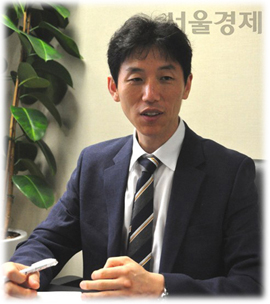| 일 | 월 | 화 | 수 | 목 | 금 | 토 |
|---|---|---|---|---|---|---|
| 1 | 2 | 3 | 4 | 5 | ||
| 6 | 7 | 8 | 9 | 10 | 11 | 12 |
| 13 | 14 | 15 | 16 | 17 | 18 | 19 |
| 20 | 21 | 22 | 23 | 24 | 25 | 26 |
| 27 | 28 | 29 | 30 | 31 |
- 1st Law of politics
- the 3rd Law of politics
- Order of Choice
- Operation of the 2nd Law
- Differences in Individual Abilities and Tendencies
- Political Regimes
- Political Regime
- politics and war
- politics of Inner Circle
- Samjae Capacity
- survival process theory
- Value Systems
- politics
- Orderliness of Choice
- political organization
- Task Delegates of the Ruler: Inner Circle
- power and organization
- political phenomena
- Political Change
- mechanism of politics
- Mathematical Model of political science
- Canonical Politics
- new political science
- Mathematical Model of politics
- Political power
- Samjae Capacities
- the 2nd law
- Regime Change
- Power
- Cohesion Force
- Today
- Total
New Political Science
c. ㉠ Coercive Regime Overthrow 본문
㉠ Coercive Regime Overthrow
The mathematical model describing political change characterized by "regime overthrow by armed force capacity" is depicted in the following graph.

Looking at this graph, the repression force( \( \vec{S_{TB}} \) ) continues to increase until time \( t_2 \) . This implies that the political regime has enough political capacity to bear the maintenance costs. Nevertheless, despite this fact, the rise of regime change force ( \( \vec{H} \) ) keeps on going, exceeding the overall regime change cost at point \( t_1 \) .
Such political changes are possible when the forces that seek to change the regime have greater power than those who seek to maintain it, and especially in the short term, it is important that those who seek political change have strong armed capacity. Once political change occurs at \( t_1 \) , there is often a period between \( t_1 \) and \( t_2 \) where the repression force( \( \vec{S_{TB}} \) ) disappears. However, there are also cases where the forces that support the previous regime continue to operate after the regime change. The French Revolution is a representative example of regime change through armed capacity, and the dismantling of the Marcos regime in the Philippines in 1986 is another such case.
'Mechanism of Politics' 카테고리의 다른 글
| c. ㉢ Compromised Political Change (0) | 2023.12.14 |
|---|---|
| c. ㉡ Political Regime Collapse (0) | 2023.12.14 |
| c. Mathematical Model and Implications of the 3rd Law (0) | 2023.12.14 |
| b. The Interrelationships of Factors in Regime Change (0) | 2023.12.14 |
| (3) a. Mathematical Model of Political Regime Change (0) | 2023.12.14 |




